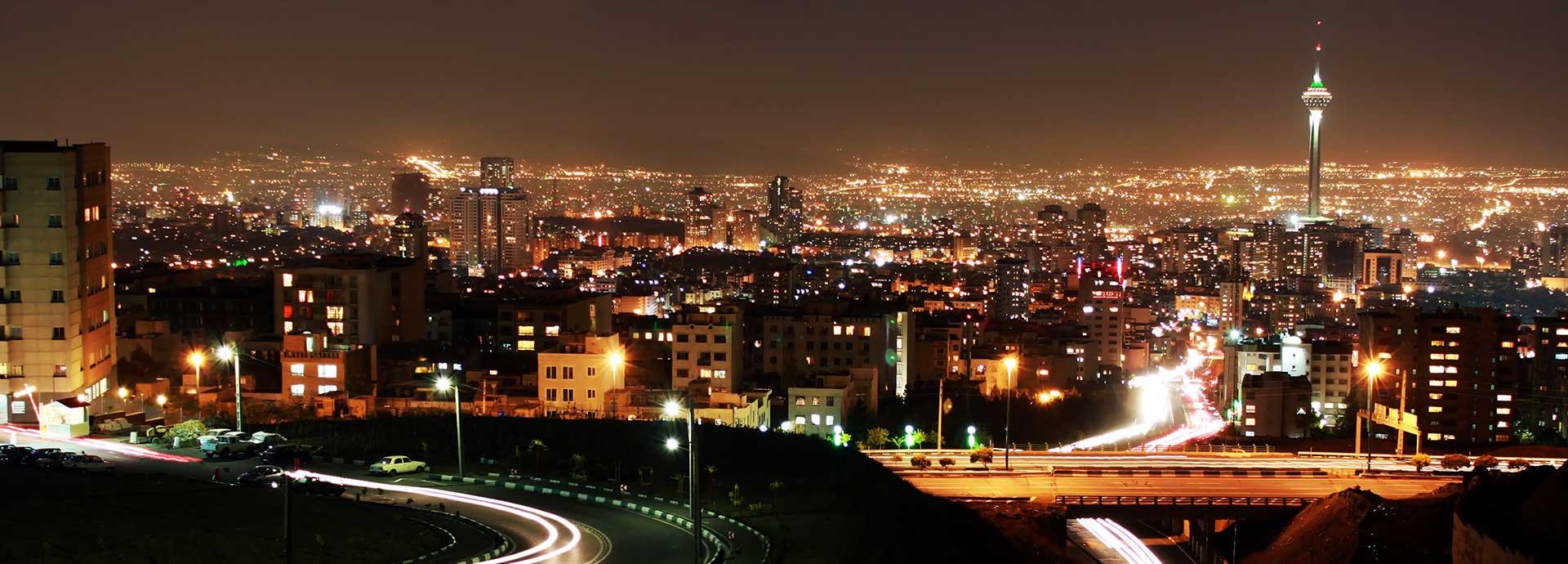

Electricity is critical for practically all activities. A power outage for more than a few days could have significant social and financial consequences. What is being done to ensure that the lights stay on? And what role can renewable energy sources play?
On 2 October 2019, Hurricane Lorenzo reached the Azores, an autonomous region of Portugal in the mid-Atlantic.
Electricity is critical for practically all activities. A power outage for more than a few days could have significant social and financial consequences. What is being done to ensure that the lights stay on? And what role can renewable energy sources play?
Further across that ocean, in the Washington, DC suburb of Herndon, Virginia, Luke Witmer, General Manager of Data Science at Wärtsilä Energy, and his colleagues were closely watching their computer screens to see what would happen to the power grid of Graciosa, one of the islands in the archipelago.
A few months earlier, the Graciosa Hybrid Renewable Power Plant, incorporating Wärtsilä’s GEMS energy management system technology, had been commissioned on the island. The sophisticated software platform monitors, integrates, and optimises the energy produced on the island. GEMS uses artificial intelligence and machine learning to help analyse weather forecasts, past outage history, and information on the ground to predict the impact of storms and what actions should be taken by operators and repair crews.
During the five hours that the hurricane battered the island, power lines collided, causing power surges, downed wires, and engines to isolate themselves. “The GEMS system is designed to handle storms,” says Witmer. “We have done a lot of rigorous testing, but a test is still a test. We’re not cutting down a tree and making it fall on our equipment.”
’Cascading failures’
Each year, millions of people worldwide are plunged into darkness by passing storms that take down power lines. Having no lights is inconvenient, but depending on the location of the outage, the effects can be much worse.
“Everything runs on electricity nowadays,” explains Avi Schnurr, CEO and president of the Electric Infrastructure Security Council (EIS Council). “No electricity leads to cascading failures of other infrastructures.” He notes that electricity is used to pump clean drinking water, operate sewage systems and maintain and operate gas systems. “Imagine a week without power. Our cities would quickly become uninhabitable.”
In recent decades, electricity grids have become increasingly interconnected and complicated. “Expanding interdependencies have brought a new source of vulnerability to the power grid,” says Schnurr. “We need to prepare ourselves for a Black Sky Event.” According to the EIS Council, this refers to a catastrophic event that severely disrupts the normal functioning of critical infrastructure in multiple regions for long periods of time.
Besides hurricanes, local power outages or a full-scale Black Sky Event can be caused by earthquakes, solar storms, physical attacks, and cyberterrorism, among other things. “Indirectly, a pandemic can also lead to a Black Sky Event,” Schnurr adds, “if the availability of workers is severely degraded.”
A true Black Sky Event hasn’t happened so far. But Schnurr points to the power outage in Puerto Rico caused by Hurricane Maria in September 2017 as an example of what a catastrophic power outage looks like. It took 11 months to completely restore the Caribbean island’s power grid from Maria’s destruction.
Stabilising the grid
While Hurricane Lorenzo left a trail of destruction on the island of Graciosa, its roughly 4,000 inhabitants could continue to use electricity. When the hurricane made landfall, Witmer and his colleagues observed how the energy storage system became a shock absorber. As directed by the GEMS software, it stabilised the grid during the 20 short circuit events that occurred due to the hurricane.
The grid was also sustained by the island’s hybrid power plant features, which include diesel generators running in parallel with an energy storage system that is operating in grid-forming mode. Both assets supplied short circuit current to clear faults as needed and received power allocation setpoints from the GEMS control system to recover and continually stabilise the grid, both frequency and voltage.
“It was very much a relief,” Witmer admits. “It’s one thing to design a system, it’s another to do all the testing and then to succeed during a real event.”
Before the GEMS installation, Graciosa already had sound infrastructure that could weather storms quite well, according to Witmer, but the installation of the hybrid power plant has brought additional flexibility into the system. “Until the addition of the GEMS control system, Graciosa always required some diesel power and annual renewable penetration rates were quite low. Now, the grid can run on 100% renewable energy for many consecutive days, as wind and solar resources permit, thanks to the incorporation of the grid-forming energy storage system,” Witmer says.
Over the last six months, 60% of the energy used on Graciosa came from renewable sources. “If you want to increase wind and solar energy, you need a system like this, because renewable energy is more volatile and less predictable.”
Collaboration for resilience
In addition to energy management systems such as GEMS, back-up systems can help to avoid power outages. However, Witmer notes, these systems do come with a cost. “A good back-up infrastructure is not possible without increasing electricity bills to cover the capital costs,” Witmer says.
Additionally, according to Schnurr, most back-up systems are limited in their geographic reach and can only operate for a few days.
“Our interdependent world needs to invest in resilience for a Black Sky Event,” Schnurr says. This investment would require tools like widely deployed, survivable emergency communication and Artificial Intelligence-enhanced decision support systems. Most of all, achieving this will require a new level of collaboration between countries and sectors.



